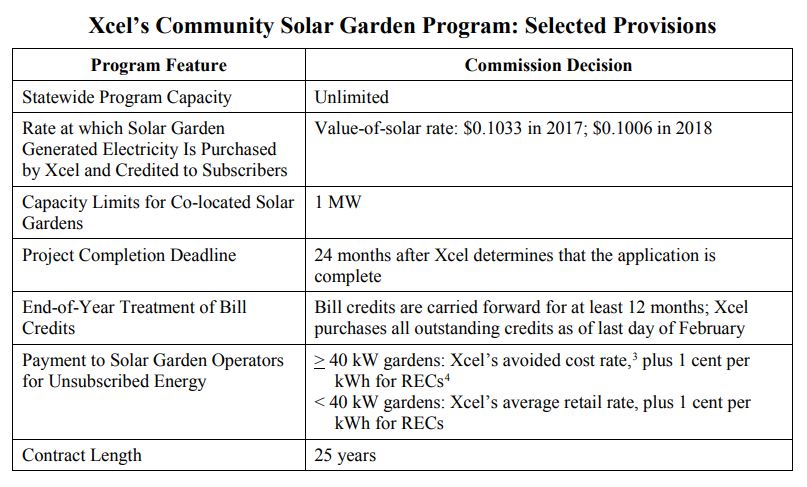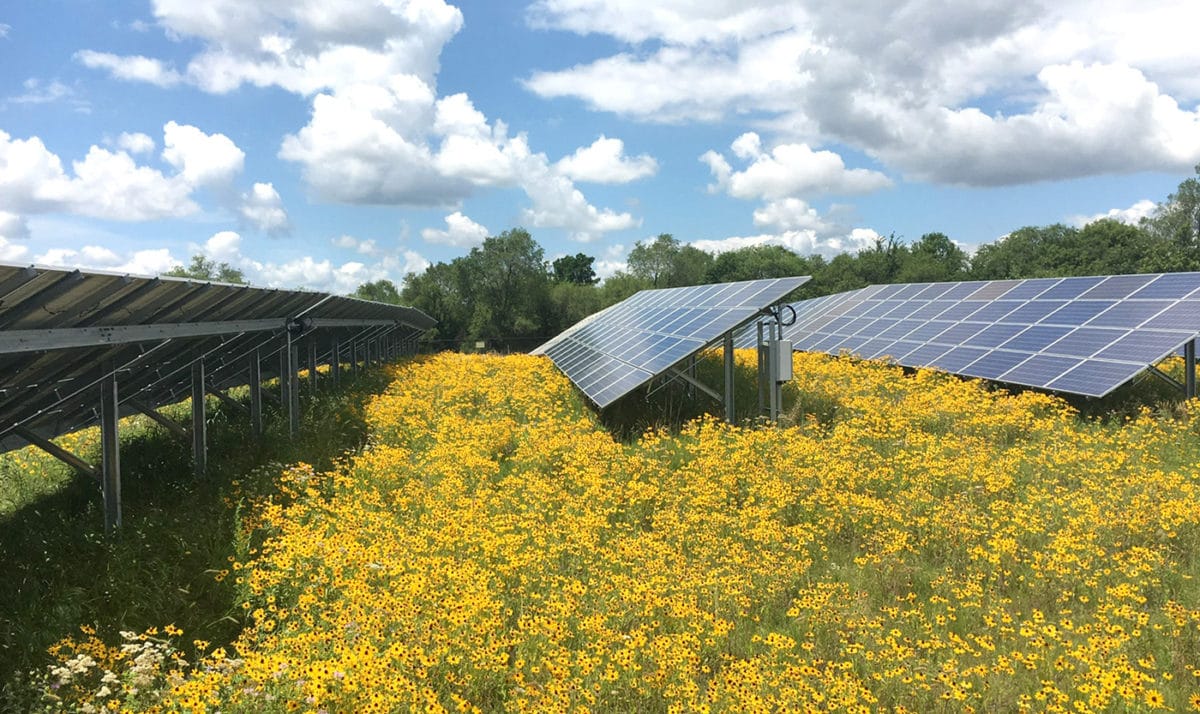The numbers speak for themselves – Minnesota’s community solar program is the most successful in the nation. Per reporting from the local StarTribune, there are 134 community solar gardens in the state – totalling 445 MW of capacity. That 445 MWs is divided among 9,405 subscriptions – with 81% being residential.
But here’s the rub: only 10% of the capacity is residential. While there are far fewer commercial and institutional subscribers, they subscribed for the vast majority of installed capacity.
With an end goal of decreasing the capacity disparity, The Minnesota Public Utilities Commission (PUC) has approved an incentive to residential community solar garden customers of 1.5 cents per kilowatt-hour (kWh) for 2019 and 2020. Many in the industry had requested a 2.5¢/kWh adder.
At the heart of this issue is a combination of the Value of Solar calculation by the state, the cost of gaining and managing community solar customers, and the retail rate of electricity. Some developers are saying that the costs of getting residential customers compared with the amount of money they bring in means commercial customers who can scale in their purchases will continue to dominate solar gardens.
The average monthly electricity bill for a residential customer in Minnesota is about $90. Currently, the 445 MW of solar gardens costs the state’s ratepayers about 1% of their electricity bills – 90¢/month, $10.80/year.
It was noted during the hearing that by the end of 2019, with a “few hundred more” megawatts of community solar potentially coming online, the whole of the program – commercial and residential – would cost $170 million for the year. This would equate adding $3.60-4.50 to this $90 bill.
Per the StarTribune, A commissioner was noted as stating that this 1.5¢/kWh adder would add ‘5 or 10 cents more’ on electric bills.
American consumers, via a study done by the Yale Program on Climate Change Communication, Americans are willing to spend up to $177 a year on a carbon tax with most – 80% – saying they want the money spent on clean energy infrastructure.

The program states that any garden must have at least five subscribers, and that no single subscriber may consume more than 40% of the garden’s output. This nuance in the program means you can have five commercial customers buy 200 kW of solar each – the entire output of a system, allowing for scale and minimal management costs.
Seeing as how 90% of the program’s capacity is commercial volume, its clear what has led Minnesota to have the nation’s most successful community solar program. The question they are now trying to answer is what does it take to make that same magic happen for residential?
This content is protected by copyright and may not be reused. If you want to cooperate with us and would like to reuse some of our content, please contact: editors@pv-magazine.com.









By submitting this form you agree to pv magazine using your data for the purposes of publishing your comment.
Your personal data will only be disclosed or otherwise transmitted to third parties for the purposes of spam filtering or if this is necessary for technical maintenance of the website. Any other transfer to third parties will not take place unless this is justified on the basis of applicable data protection regulations or if pv magazine is legally obliged to do so.
You may revoke this consent at any time with effect for the future, in which case your personal data will be deleted immediately. Otherwise, your data will be deleted if pv magazine has processed your request or the purpose of data storage is fulfilled.
Further information on data privacy can be found in our Data Protection Policy.